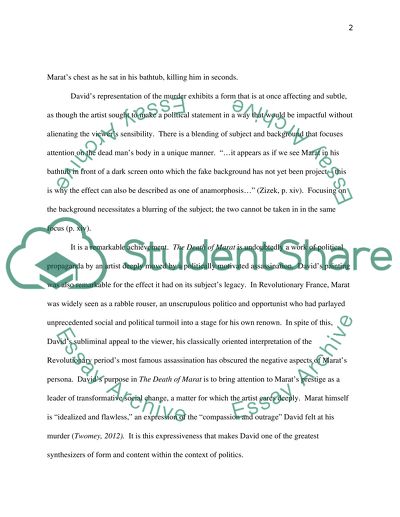Cite this document
(“Art as a Political Statement Essay Example | Topics and Well Written Essays - 1750 words”, n.d.)
Art as a Political Statement Essay Example | Topics and Well Written Essays - 1750 words. Retrieved from https://studentshare.org/visual-arts-film-studies/1453145-art-as-a-political-statement
Art as a Political Statement Essay Example | Topics and Well Written Essays - 1750 words. Retrieved from https://studentshare.org/visual-arts-film-studies/1453145-art-as-a-political-statement
(Art As a Political Statement Essay Example | Topics and Well Written Essays - 1750 Words)
Art As a Political Statement Essay Example | Topics and Well Written Essays - 1750 Words. https://studentshare.org/visual-arts-film-studies/1453145-art-as-a-political-statement.
Art As a Political Statement Essay Example | Topics and Well Written Essays - 1750 Words. https://studentshare.org/visual-arts-film-studies/1453145-art-as-a-political-statement.
“Art As a Political Statement Essay Example | Topics and Well Written Essays - 1750 Words”, n.d. https://studentshare.org/visual-arts-film-studies/1453145-art-as-a-political-statement.


